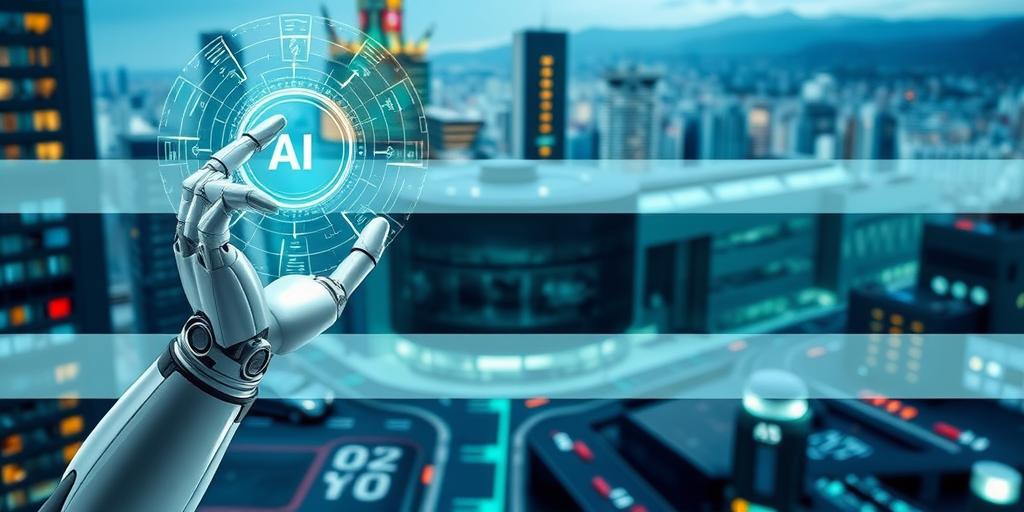AI and Robotics: The Synergistic Future (2025)
The convergence of Artificial Intelligence (AI) and Robotics is rapidly reshaping industries and our daily lives. By 2025, the synergy between these two fields is poised to unlock unprecedented capabilities, driving innovation and efficiency across various sectors. This article explores the current state and future potential of AI and robotics, highlighting key applications and trends.
Current State of AI and Robotics
AI and robotics have evolved significantly in recent years. AI provides the intelligence, enabling machines to learn, reason, and adapt, while robotics provides the physical embodiment, allowing AI to interact with the physical world. Current applications include:
- Manufacturing: Robots equipped with AI are optimizing production lines, performing tasks with greater precision and speed.
- Healthcare: AI-powered robots assist in surgeries, dispense medication, and provide support to patients.
- Logistics: Automated guided vehicles (AGVs) and drones are enhancing supply chain efficiency.
- Customer Service: Chatbots and virtual assistants are providing instant support and personalized experiences.
Key Synergies Driving Innovation
The synergistic relationship between AI and robotics is driving several key innovations:
- Enhanced Automation: AI algorithms enable robots to perform complex tasks autonomously, reducing the need for human intervention.
- Improved Decision-Making: AI algorithms analyze vast amounts of data, providing robots with the ability to make informed decisions in real-time.
- Adaptive Learning: Robots can learn from experience, improving their performance over time and adapting to changing environments.
- Human-Robot Collaboration: Collaborative robots (cobots) work alongside humans, augmenting their capabilities and improving overall productivity.
Future Trends and Applications
Looking ahead to 2025, several trends and applications are expected to gain prominence:
- Advanced Robotics in Agriculture: AI-powered robots will optimize crop yields, monitor soil conditions, and automate harvesting processes.
- AI-Driven Autonomous Vehicles: Self-driving cars, trucks, and drones will revolutionize transportation and logistics.
- Personalized Healthcare Robots: Robots will provide personalized care to patients in their homes, monitoring vital signs, administering medication, and offering companionship.
- Robotics in Space Exploration: AI-equipped robots will explore distant planets, conduct scientific research, and construct habitats for future human missions.
Challenges and Considerations
While the potential of AI and robotics is immense, several challenges and considerations must be addressed:
- Ethical Implications: Ensuring AI and robotics are developed and used responsibly, addressing issues such as bias, privacy, and security.
- Job Displacement: Managing the impact of automation on the workforce, providing retraining and education opportunities for displaced workers.
- Regulatory Frameworks: Establishing clear guidelines and regulations to govern the development and deployment of AI and robotics technologies.
Conclusion
By 2025, the synergy between AI and robotics will transform industries, improve lives, and drive innovation. Addressing the ethical, social, and regulatory challenges associated with these technologies is crucial to unlocking their full potential and ensuring a future where AI and robotics benefit all of humanity.
